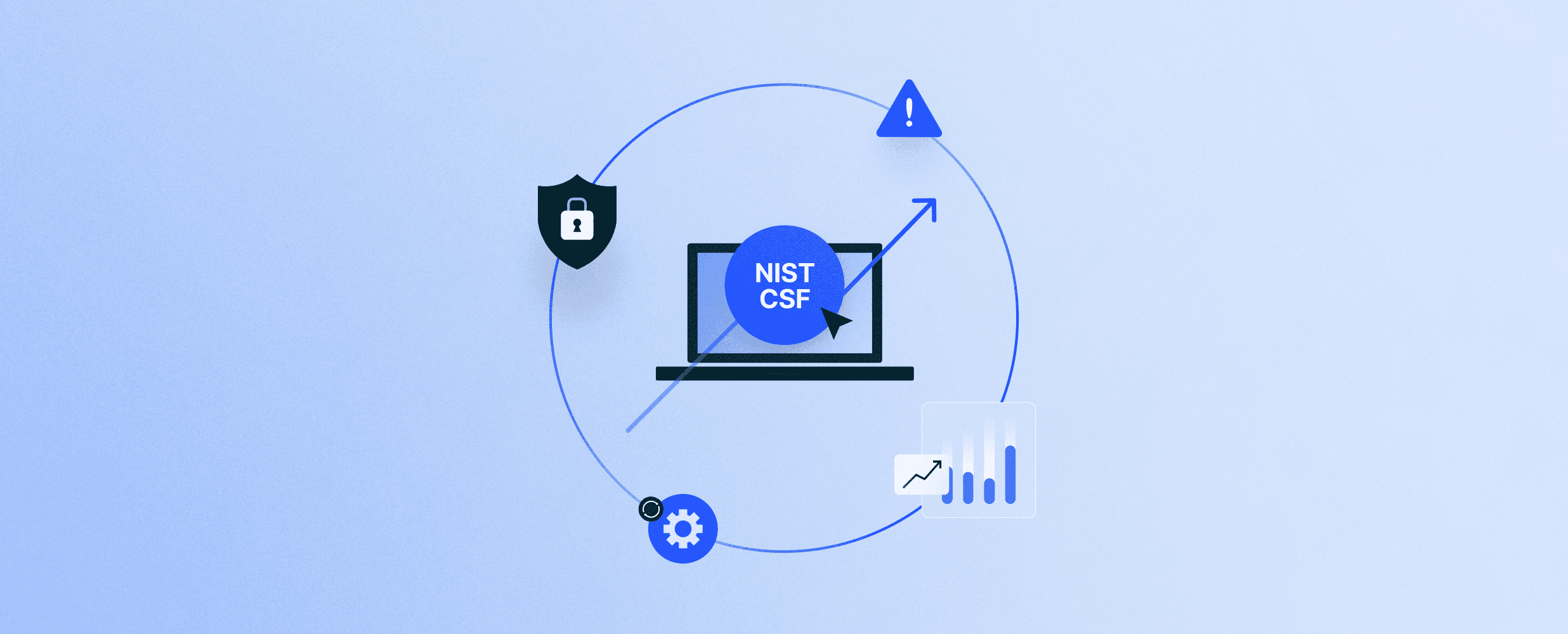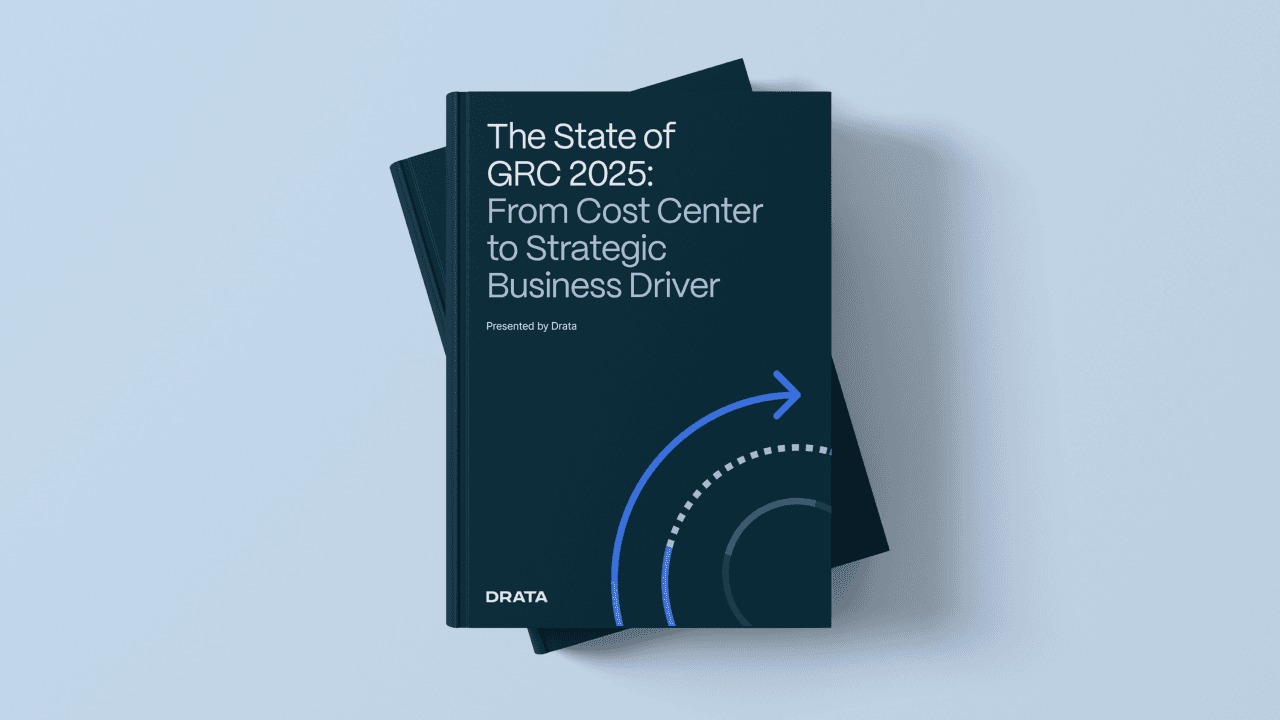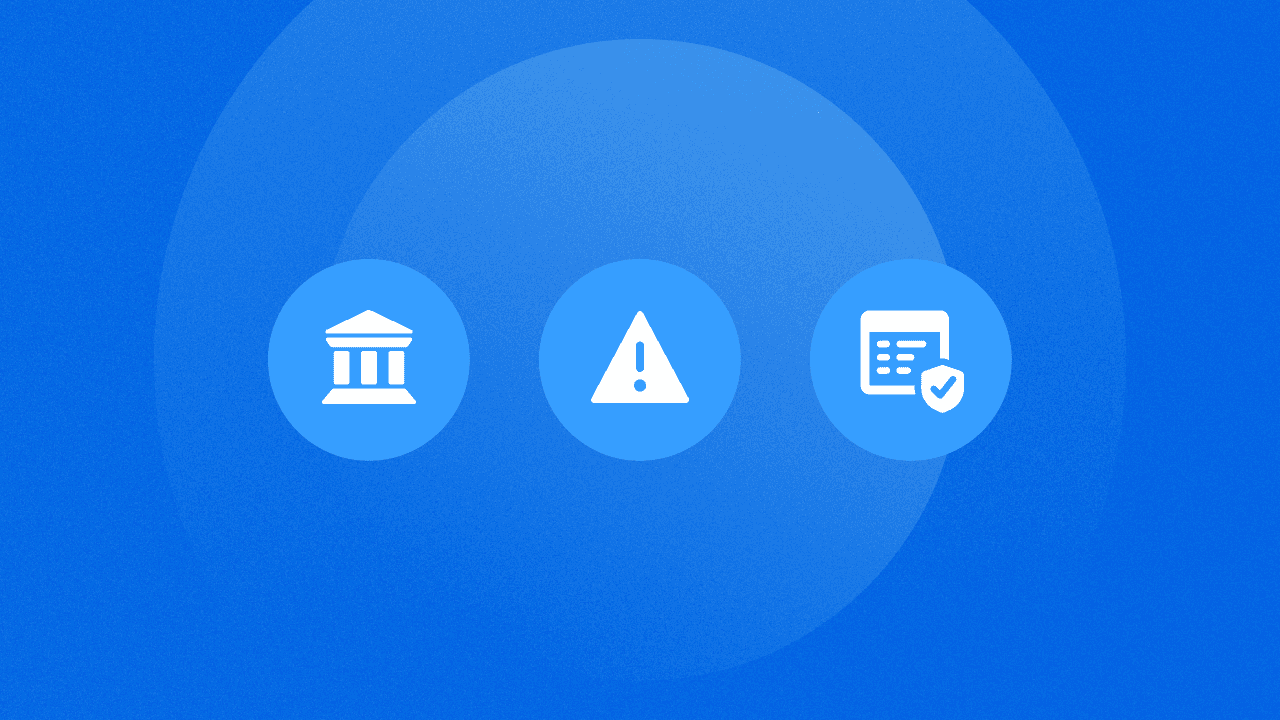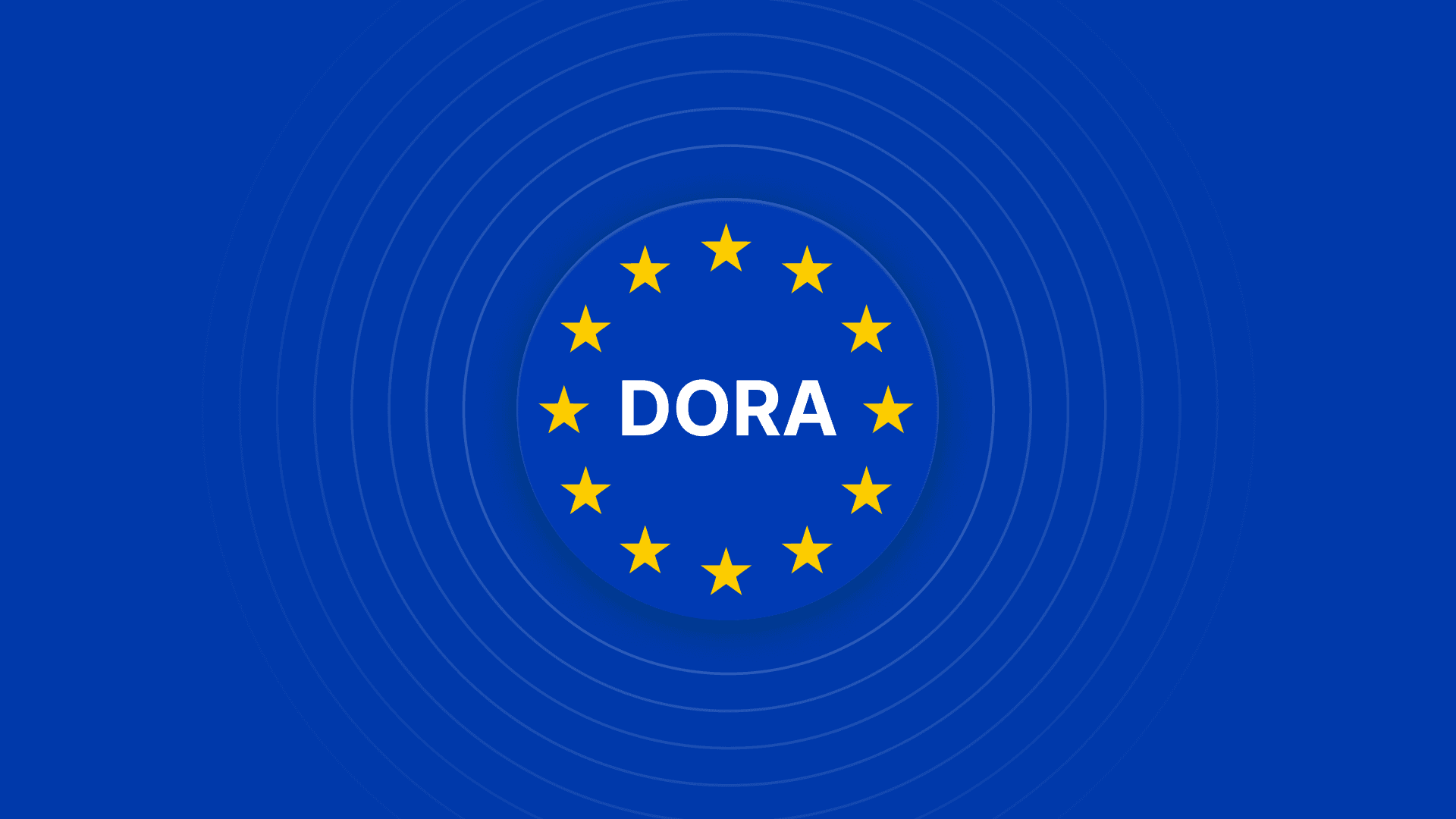NIST CSF Maturity Levels: A Complete Guide to Advancing Your Cybersecurity Resilience
A comprehensive guide to the NIST maturity levels, plus actionable steps to assess your current posture and build a roadmap for stronger, scalable security.
The National Institute of Standards and Technology Cybersecurity Framework (NIST CSF) offers a structured approach to managing cybersecurity risk through its Core, which outlines essential cybersecurity practices. While the framework includes Implementation Tiers to assess how well these practices are integrated into business processes, it does not measure process maturity or organizational optimization over time in the same way traditional maturity models like CMMI or CMMC do.
The NIST Implementation Tiers (sometimes referred to as levels) help bridge that gap. They help you assess how effectively cybersecurity is integrated across your organization, from reactive responses (Tier 1) to fully integrated, adaptive processes (Tier 4). The Tiers offer a straightforward way to evaluate your current risk management practices, set actionable goals, and align efforts across teams.
In this guide, we’ll break down each Implementation Tier, explain how they fit within the broader NIST CSF, and provide a roadmap to help you advance your cybersecurity risk management strategy with more clarity and focus.
New to NIST Compliance? Read our complete guide.
The NIST CSF Implementation Tiers, Explained
The NIST CSF defines four Implementation Tiers that reflect how mature your organization’s cybersecurity practices are. These tiers aren’t prescriptive or tied to compliance, but rather a way to evaluate how well your current efforts align with risk management goals.
While these are officially called Implementation Tiers, you might see them informally referred to as “NIST CSF maturity levels.” The terms are sometimes used interchangeably in industry content, but keep in mind that NIST does not define them as such in an official capacity.
Tier 1: Partial
At this stage, your approach to cybersecurity is mostly unstructured. Policies, if they exist, aren’t consistently followed, and risk decisions are often made in isolation by individuals or teams without broader coordination. You might have some security controls in place, but they’re deployed reactively, and outcomes vary depending on who’s involved.
Additionally, cybersecurity risk isn’t formally tracked or tied to business objectives. Leadership may not have visibility into the organization’s risk exposure, and collaboration between departments is limited or nonexistent.
If you’re here, the next step is building a baseline: establishing ownership, documenting key policies, and defining how risk decisions get made.
Tier 2: Risk-Informed
Now you’re starting to gain traction. You’ve put policies in place, and leadership understands the importance of cybersecurity. Some risk assessments have been completed, and teams have begun aligning security practices with business functions, but not everyone is operating at the same level.
Processes still vary across departments. Some teams may be following repeatable procedures, while others are improvising. Vendors may be evaluated, but there’s no standard review process. Monitoring happens, but coverage is incomplete.
Your next move is consistency. You’ll need to focus on formalizing processes across the organization so that every team follows the same playbook.
Tier 3: Repeatable
Here, cybersecurity is part of the business. You’ve defined roles and responsibilities, controls are applied consistently, policies are enforced, and you review them regularly to adapt to new cyber threats, technologies, or regulatory changes.
Risk assessments are conducted on a regular schedule, and you track and report on your cybersecurity posture. If an incident happens, you have a plan, and your team knows how to follow it.
Many organizations targeting frameworks like SOC 2 or ISO 27001 want to reach this tier. If you’re working with enterprise customers or handling sensitive data, this is the minimum standard they expect.
Tier 4: Adaptive
At this stage, your security program evolves with the environment. Threat intelligence, incident data, and risk metrics inform decisions, and you use real-time monitoring to detect issues early and continuously improve your response.
What’s more, security and compliance aren’t siloed. They’re integrated into product development, vendor onboarding, and strategic planning. If your goal is to stay ahead of emerging threats, reduce breach impact, and build long-term trust, this is the tier that gets you there.
Why NIST Maturity Matters
Security teams don’t need more frameworks, they need clarity. The NIST Implementation Tiers help you understand where your risk management program stands today, what effective cybersecurity looks like, and how to close the gap.
Know Where to Focus
Not every control carries the same weight. The Implementation Tiers help you identify what’s working, what’s missing, and where resources should go next. Instead of spreading effort thin, you’re able to focus on high-impact improvements tied to real risk.
Give Risk a Common Language
Cybersecurity touches every part of the business, from engineering to legal, product, and sales. However, without a shared framework, conversations about risk tend to stall or get misinterpreted. The NIST Implementation Tiers give your team a common language for evaluating progress, flagging gaps, and setting expectations. That makes it easier to explain decisions, justify investments, and get alignment across the organization.
Make Progress Measurable
Security work often happens behind the scenes. The Implementation Tiers help make progress visible, not just by counting completed tasks but by showing how the program is evolving. They also help your teams understand what “better” means—fewer surprises, faster response, tighter coverage, and less manual work.
Build Toward Resilience
The goal of any security program is resilience, and that comes from building a system that improves as it runs. The NIST Implementation Tiers help you shift from reactive fixes to proactive improvements without relying on individual heroics to hold things together.
How to Assess Your Current Cybersecurity Maturity Level
Knowing where you stand is the first step to making meaningful improvements. The NIST Implementation Tiers give you a structured way to evaluate your cybersecurity program, not just by looking at what controls exist, but by how consistently and effectively they’re used across the organization.
Here’s how to approach the maturity assessment process.
Run a Focused Review
Evaluate how your security practices show up in daily operations—not just what’s written in a policy, but what’s actually happening across teams. The six core NIST CSF functions (Govern, Identify, Protect, Detect, Respond, and Recover) give you a framework to organize that review.
Look at each function and ask:
Are responsibilities clearly assigned and understood?
Are policies followed consistently or only when it’s convenient?
When something goes wrong, does the team follow a defined process or scramble to figure it out?
Is risk tracked, reported, and reviewed on a regular basis?
Do you know which systems are in scope and which vendors create exposure?
This isn’t an audit, but rather a baseline check. You’re looking for patterns: where processes are consistent across teams, where they’re reliable, and where they’re patched together with workarounds. Those contrasts tell you where your program is stable and where it needs attention.
Align on a Tier
Once you’ve mapped how your security practices play out in the real world, compare those findings against the NIST CSF Implementation Tiers. They give you a structured way to describe your current state, from ad hoc and inconsistent (Tier 1) to integrated and continuously improving (Tier 4).
Most organizations don’t fit neatly into a single tier. You might be at Tier 3 when it comes to access controls, but closer to Tier 1 in incident response. That’s expected. The goal is to get a clear sense of how mature your processes are across different areas.
This step also helps create shared language between security teams, leadership, and other stakeholders. It turns subjective opinions (“We’re doing pretty well”) into something more concrete (“We’ve standardized this process, but we’re still not measuring it”).
After you’ve aligned on your current tier (or tiers), you’ll have the context you need to plan what comes next.
Define Your Target State
Knowing where you are is only useful if you know where you're going. Your target state is about reaching the level of maturity that makes sense for your business, risk profile, and customer expectations.
For some startups, that might mean getting from Tier 1 to Tier 2 to support an early SOC 2 effort. For a company entering regulated markets or handling sensitive healthcare data, Tier 3 may be non-negotiable. Larger enterprises managing complex vendor ecosystems or infrastructure risks may need to operate at Tier 4 to maintain trust and avoid disruption.
Whatever the target, define it in practical terms:
What should be standardized?
What should be automated?
What gaps need to be closed before the next audit, partnership, or product launch?
Use your target to shape a roadmap and break it into concrete steps with owners, timelines, and measurable outcomes.
Advancing Through the NIST Implementation Tiers
What happens when you know where your security program stands? You look (and move) forward. Each NIST CSF tier represents a change in how your organization thinks about and manages risk. Progress means building on what works, closing the gaps that matter, and making security more consistent at every level.
From Partial to Risk-Informed
The shift from Tier 1 to Tier 2 moves your organization from guesswork to intention. This is where cybersecurity begins to take shape: you’re writing policies, assigning responsibilities, and bringing leadership into the risk conversation.
If you’re here, focus on the fundamentals:
Document key processes, even if they’re simple.
Assign ownership for security-related tasks like access reviews, risk assessments, and incident response.
Start tracking risk decisions in a way that others can see and understand.
Ensure leadership is aware of the org’s security posture and is involved in decisions.
This is also the point where cross-functional communication starts to matter. If legal, IT, and engineering aren’t aligned, you’ll stall before making meaningful progress. Establish regular check-ins or risk reviews to keep people connected and informed.
You don’t need advanced tools or dashboards to reach Tier 2, but you do need shared awareness, basic policies, and a willingness to treat security as an operational responsibility.
From Risk-Informed to Repeatable
Tier 3 is the turning point. It’s where security becomes sustainable, repeatable, measurable, and able to support the demands of scale, regulation, and enterprise customers. You’ve built a roadmap. Now you need to execute it consistently and effectively across the board.
Refine your maturity roadmap into a sequence of actions tied to specific outcomes. If Tier 2 was about identifying what's missing, Tier 3 is about closing those gaps with discipline. Define what effective looks like for your cybersecurity risk management process, incident handling, vendor reviews, and internal training. Then, formalize those practices throughout the company.
As you move up, focus on implementing foundational cybersecurity practices. These are the baseline controls that make every other layer of maturity possible. Examples include:
Patch management that’s automated and tracked
Role-based access control tied to HR systems
Clear offboarding workflows with consistent deprovisioning
Foundational doesn’t mean basic, it means reliable. These are the controls that reduce avoidable risk, simplify audits, and make it easier to scale without constantly reworking your approach.
You should also begin measuring your execution. Are the practices you’ve defined actually being followed? Are the policies enforced or just acknowledged? These checks are what separate a documented program from a mature one.
From Repeatable to Adaptive
Tier 4 is where maturity becomes dynamic. Threats change, teams shift, and tools evolve. Adaptive programs build in flexibility, so improvements are a regular part of how your organization functions.
Here, you’ll want to strengthen your incident response capabilities. Test it. Run simulations. Evaluate how quickly your team detects, triages, and resolves security events, and where friction slows them down. Use those exercises to identify weak points and revise your process accordingly.
Your incident response plan should evolve just like your threat landscape. Build in post-incident reviews, update procedures based on lessons learned, and connect detection systems to your response workflows, so actions can happen faster and more consistently.
From there, lean into continuous improvement. At this level, your controls should be able to adapt. Set up systems that monitor control effectiveness, detect drift, and identify surface issues before they become real problems.
You’re looking for:
Real-time metrics that show which areas are slipping or improving.
Trends from audit findings or test failures that point to systemic issues.
Feedback loops where process changes are driven by data instead of assumptions.
Reaching Tier 4 means you have a security program that’s built to keep evolving without starting from scratch every time.
How Drata Accelerates Your Maturity Progress
Frameworks are valuable. So are benchmarks and roadmaps. However, what actually moves a program forward is execution: day-to-day consistency, visibility, and follow-through. That’s where automation becomes a force multiplier.
Drata is built to help organizations move faster with less manual effort:
It continuously tests and monitors your security controls across frameworks, so you’re not just hoping things are working. Our platform surfaces gaps automatically, with clear remediation steps and audit-ready documentation.
As you move from reactive to repeatable, the cost of manual work increases. Drata connects directly to your tech stack to collect audit evidence automatically, so there’s no need to track down logs, screenshots, or approvals by hand.
Mature organizations rarely follow a single framework. With Drata, controls map across multiple standards—so work done for SOC 2, for example, can also count toward ISO 27001, HIPAA, or your custom framework.
Drata gives stakeholders across compliance, security, and leadership a shared view of maturity progress. Everyone sees what’s been done, what’s at risk, and what’s changing, so alignment doesn’t depend on spreadsheets or status meetings.
Ready to see our full-scale Trust Management platform in action? Book a demo with our team!
NIST CSF Maturity Levels Frequently Asked Questions (FAQs)
Check out the answers to some of the most common questions about the NIST CSF maturity levels.
What is the NIST Maturity Model?
NIST doesn’t publish a formal “maturity model” in the traditional sense. However, its Cybersecurity Framework (CSF) includes Implementation Tiers, which are widely used as a practical maturity model. These tiers describe how well an organization integrates cybersecurity into its overall risk management, from informal and reactive to adaptive and optimized.
How Many Maturity Levels are in the NIST CSF?
The NIST CSF defines four Implementation Tiers: Partial, Risk-Informed, Repeatable, and Adaptive. Some organizations also interpret NIST through a five-level capability maturity model (Initial to Optimized) adapted from broader frameworks like CMMI or COBIT.
What’s the Difference Between the NIST Tiers and Other Maturity Models?
The NIST tiers assess how integrated cybersecurity is into business operations. Other maturity models, like CMMI or CMMC, focus on process capability and optimization. Both aim to measure maturity, but from different angles: one organizational, the other procedural.
Is NIST CSF Compliance Mandatory?
No. The NIST Cybersecurity Framework is voluntary for most private-sector organizations. That said, it’s widely used in regulated industries, federal contracting, and among companies looking to strengthen trust, reduce risk, and meet enterprise customer expectations.
Can Startups or Small Teams Benefit From Using the NIST CSF?
Absolutely. The CSF scales well for smaller organizations. It provides structure without being prescriptive and helps teams prioritize high-impact improvements. For startups aiming for SOC 2, ISO 27001, or entering enterprise markets, it offers a roadmap for building a credible security program.





